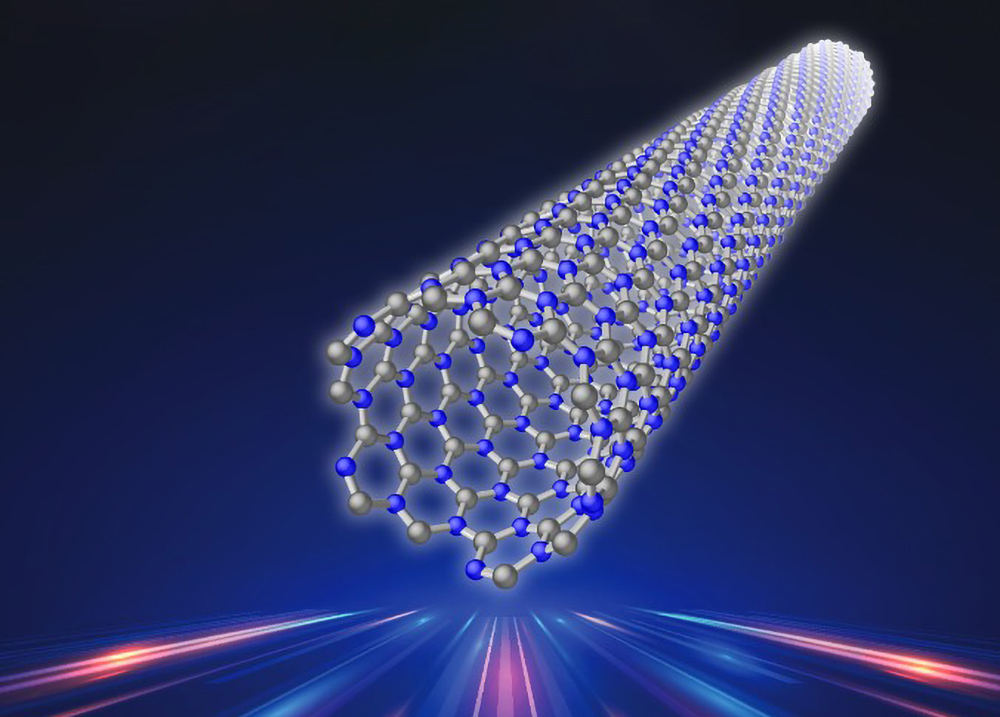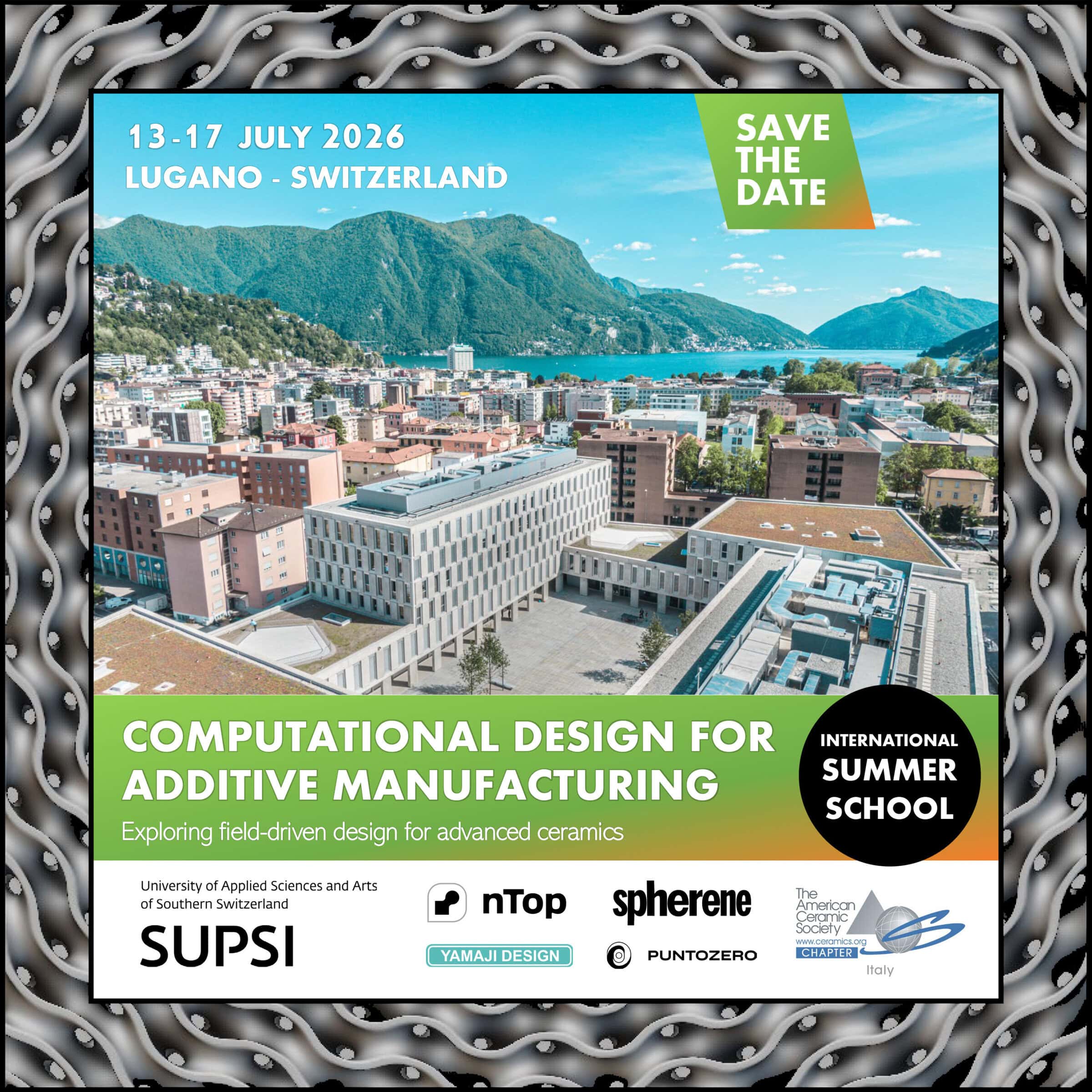The March 2018 issue of the ACerS Bulletin is now available online.
The new issue has a solid cover story—one that delves into the complex process of solidifying nuclear waste through vitrification. Using glass as a containment medium is an effective strategy to stabilize the growing amount of radioactive waste in the world. But designing furnace linings to enable such applications comes with its own set of demands. To meet those demands, nuclear waste vitrification has borrowed strategies for containment from commercial glasses. Author Kevin Selkregg, manager of the Analytical and Testing Laboratory at Monofrax LLC, demonstrates how careful design of refractory linings in glass furnaces can ensure safe and long-lasting methods for dealing with nuclear waste.
Plus, there’s so much more beyond March’s cover, too. For instance, the new issue includes an informative new column written by Mike O’Driscoll, director of IMFORMED. With more than 30 years of experience in the industrial minerals business, O’Driscoll knows the market. In this month’s column, he shares his insights into the Chinese mineral trade. Read O’Driscoll’s column to see how 2018 is likely to live up to its name as the Year of the Dog for Chinese mineral consumers as well.
The March issue also features a brief update on the World Materials Research Institutes Forum (WMRIF), an organization that seeks to enhance the development and implementation of ceramic and glass material technologies. WMRIF’s composition of directors and executives of more than 50 materials research institutes worldwide uniquely suits it to enact collaborative research initiatives and training opportunities. In this article, authors Nicholas Barbosa, Stephen Freiman, and Michael Fasolka provide us with additional insight into the WMRIF and its recent activities. Plus, don’t miss the ten future materials needs recently outlined by the WMRIF.
In an application note, authors Curtis Hill and Lee Allen detail how micromills have enabled their demanding research endeavors at the NASA Marshall Space Flight Center in Huntsville, Ala. NASA’s exploration missions require exacting research on high-tech applications such as energy storage and thermoelectric devices. Fritsch micromills have enabled the scientists to optimize the properties of ceramic nanoparticulate materials, enabling some out of this world research.
Also in this issue, Lynnette Madsen, program director for the NSF Ceramics Program, details the 2017 slate of awards. The Ceramics Program’s mission is to support fundamental scientific research in ceramics—and, to that mission, the organization supported 10 awards, 13 supplemental awards, 2 workshops/conferences, and cofunding of a Solid-State and Materials Research project in FY 2017.
The March issue also includes a preview of Ceramics Expo 2018—a significant meeting of minds, materials, machines, and markets that encompass the entire ceramics supply chain—which will come to the I-X Center in Cleveland, Ohio, May 1–3. For the fourth Ceramics Expo, about 4,000 visitors are expected to visit more than 330 exhibits on the expo floor and hear from around 60 industry experts at the conference. And—even though it’s all still completely free to attend—Ceramics Expo is adding a handful of new features for this year.
There’s lots more good stuff inside this—and every issue—of the ACerS Bulletin. The current issue is free to all for a short time, but remember that all the valuable content in over ninety years of past issues of the ACerS Bulletin is free only to members—so considering joining us today!
Author
April Gocha
Spotlight Categories
- Journal and Bulletin Updates



